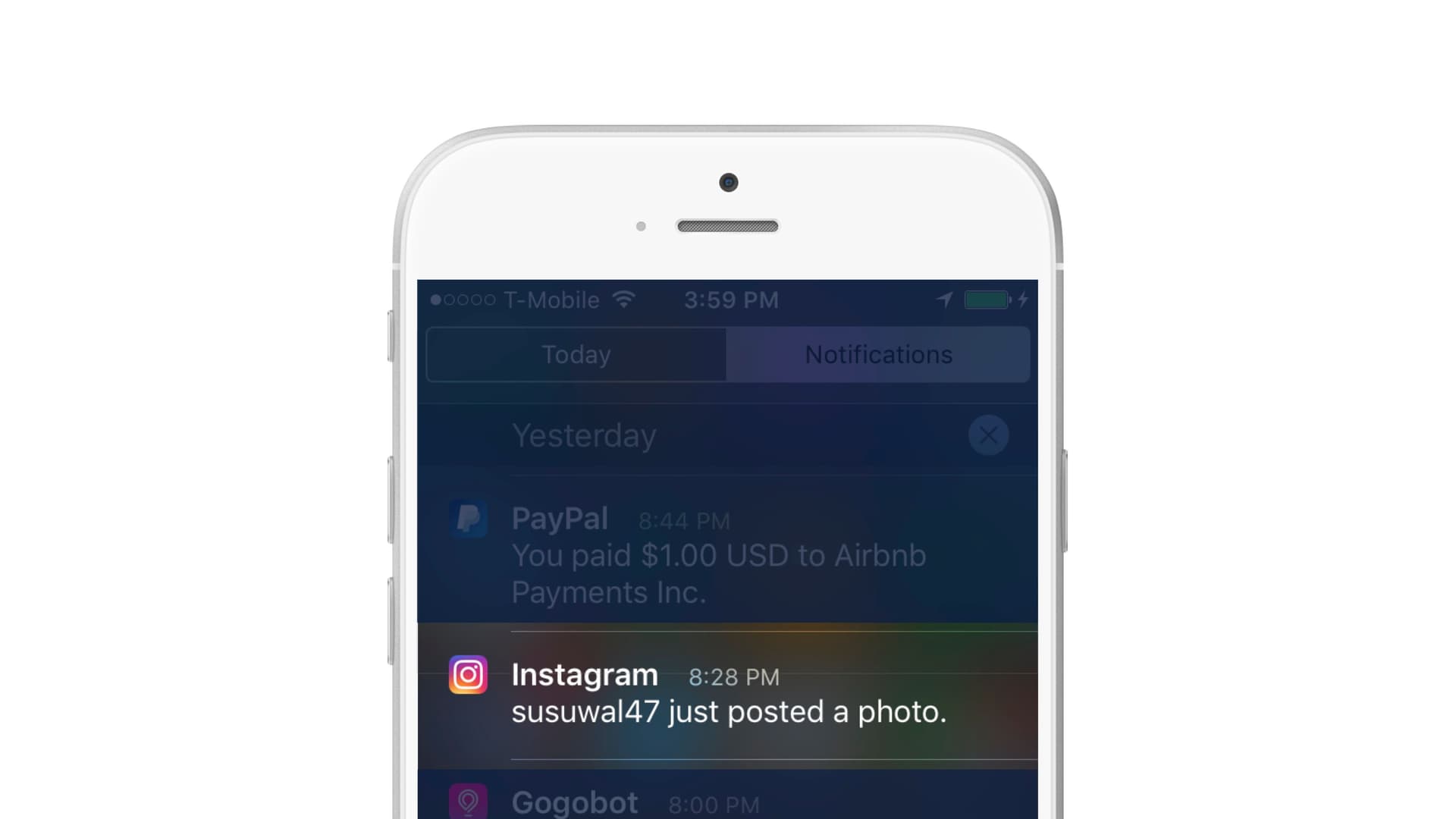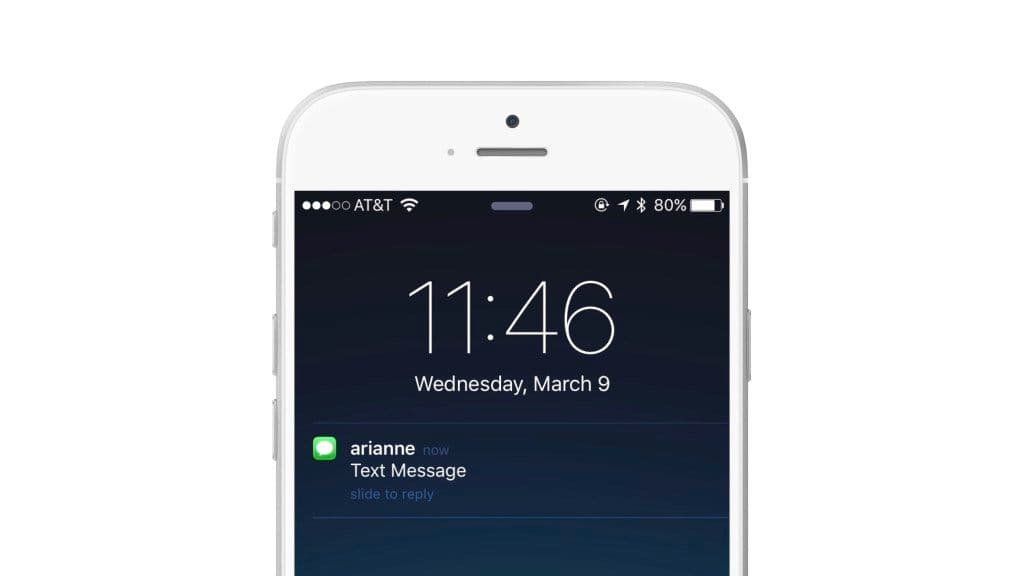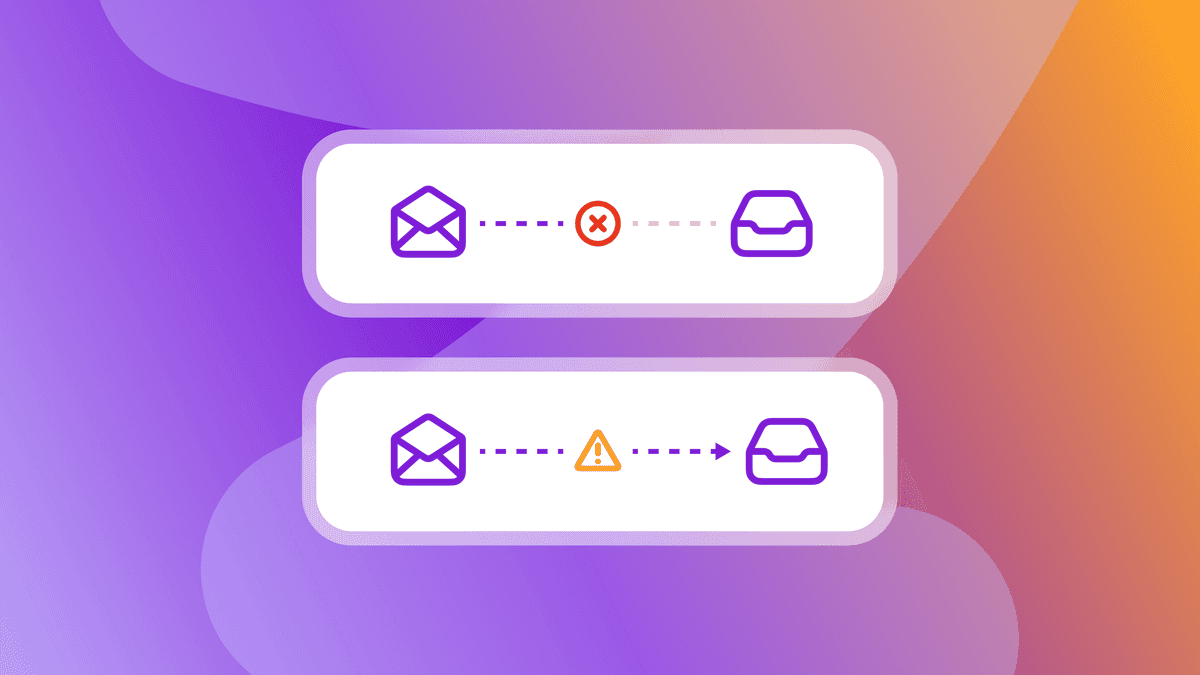You’re Up Against the Best Apps Out There (Not Just Your Industry’s)
Published on October 25, 2016/Last edited on October 25, 2016/5 min read


Team Braze
Mobile marketers, here’s the good and bad news: The average smartphone owner has 40–70 apps installed; however, most people spend most of their time with just three. What does this mean for brands looking to keep users engaged?
You can’t just keep your competitive research going on companies that are like yours or in your vertical (retail, media, or finance) —you’re competing for attention with all brands, even those that offer something completely different. Think of the apps that might be sitting right next to yours on your user’s smartphone. They’re your competition, too. If they’re giving the user an amazing experience, and you aren’t, even if you’re best in class for your vertical, you may lose customers who are used to something better.
What marketers can learn from apps with the highest retention and engagement rates
Gaming apps and messaging apps, such as Facebook Messenger and Snapchat, have monthly average session rates on both iOS and Android devices that are higher than every other type of app. Over a 90-day period, these apps also have the strongest retention rates. Regardless of your app’s industry, there’s a lot that can be learned from these all-star mobile players.
Generate consistent engagement with activity messaging

Activity messaging, or triggered outreach that leverages push or email notifications to tell app users what they’re friends are up to, is the quintessential engagement tactic perfected by messaging and social media apps like Line, Instagram, and Kik. The benefits? It fosters that long-term, habit-forming repeat interaction between your audience members and your app. Some types of activity message campaigns you could try?
- Content posting campaigns: when users add content to your app, such as a photo, gif, review, or video
- Profile update campaigns: when users’ friends and contacts update their account information
- Message received campaigns: when you’re alerting customers to a new unread message in your app
Offer a seamless cross-platform experience

Think of iMessage, which allows its users to send and receive messages on desktop, laptop, tablet, and smartphone, interchangeably, without any extra headache or hassle for users to keep tabs across these devices. This has implications across verticals: people want ease of access and seamless updates when switching back and forth from devices for shopping, personal finance, travel, media consumption, and more.
Don’t take loyalty for granted; it must be cultivated
Remember when there were just a few ways to send a text? Now you need more than two hands to keep track of your messaging options. Today’s giants, WhatsApp, Snapchat, and Facebook Messenger, have chipped away at the once-dominant native SMS providers and traditional instant messaging services. But who knows? Tomorrow, a new, emerging messaging app we haven’t even heard of could figure out a customer pain point, address it better, and siphon away today’s top messaging apps’ customers. So to stay competitive, don’t just do what you’re already doing better: Understand what customers want (and don’t) and don’t be afraid to be the lead disruptor rather than the follower.
Don’t be surprised when extra features don’t deliver the engagement you’d like
Take one of the top 10 messaging apps, Snapchat: When asked about which features they use the most, 71% of Snapchatters surveyed said they “only or mostly” use the app for sharing “Stories” or sending snap messages, the core product. The same survey found that only 5% of users “only or mostly” use the much-talked-about Discover and Live Stories features of Snapchat, the bells and whistles. This underscores the importance of collecting robust user data to understand which features are driving engagement, and testing new features.
What marketers can learn from viral apps
The textbook definition of viral app, Pokemon Go broke and set countless mobile records for downloads, engagement, and revenue generated, can teach us a lot about why apps completely unrelated to your business can still have a huge impact on your business. Here’s what we learned:
Watch out for rising stars in any category
Shortly after its debut and meteoric rise to the top of the charts, Pokemon Go’s daily users and engagement metrics toppled those of social networking stars Twitter and Facebook, respectively. Though Pokemon Go has little in common with Twitter or Facebook, other than in the most broad sense of existing to entertain, it was able to occupy and delight users for more time than previous favorite apps.
When your KPIs begin to falter, take note, listen to your customers, and rethink your strategy
The superstar app Pokemon Go should have learned a lesson from its own quick gains in popularity and reassessed its strategy when, within its first month on the market, its own daily user numbers started to shrink. Within 74 days, however, the new ruling app was taken down by a new number one: Clash Royale. Many have speculated as to why Pokemon Go stagnated and then declined. Most agree on one thing, that there were customer concerns, including complaints about limited features, which were not addressed in a timely fashion.
To do: step up to stand out
Producing high quality content, using segmentation to your advantage, building an emotional connection between customers and your brand, and surprising and delighting are some of our best strategies for marketers to grab customer attention in a distracted world. For more tips, check out what these mobile-gaming-company veterans have to share about getting creative to outsmart the competition.
Be Absolutely Engaging.™
Sign up for regular updates from Braze.
Related Content
View the Blog
Hard bounce vs. soft bounce: Key differences and how to reduce email bounces

Team Braze

How iOS 18 is shaping customer engagement—and what marketers can do about it

Haley Trost

Harnessing machine learning in marketing: Benefits, use cases and best practices
